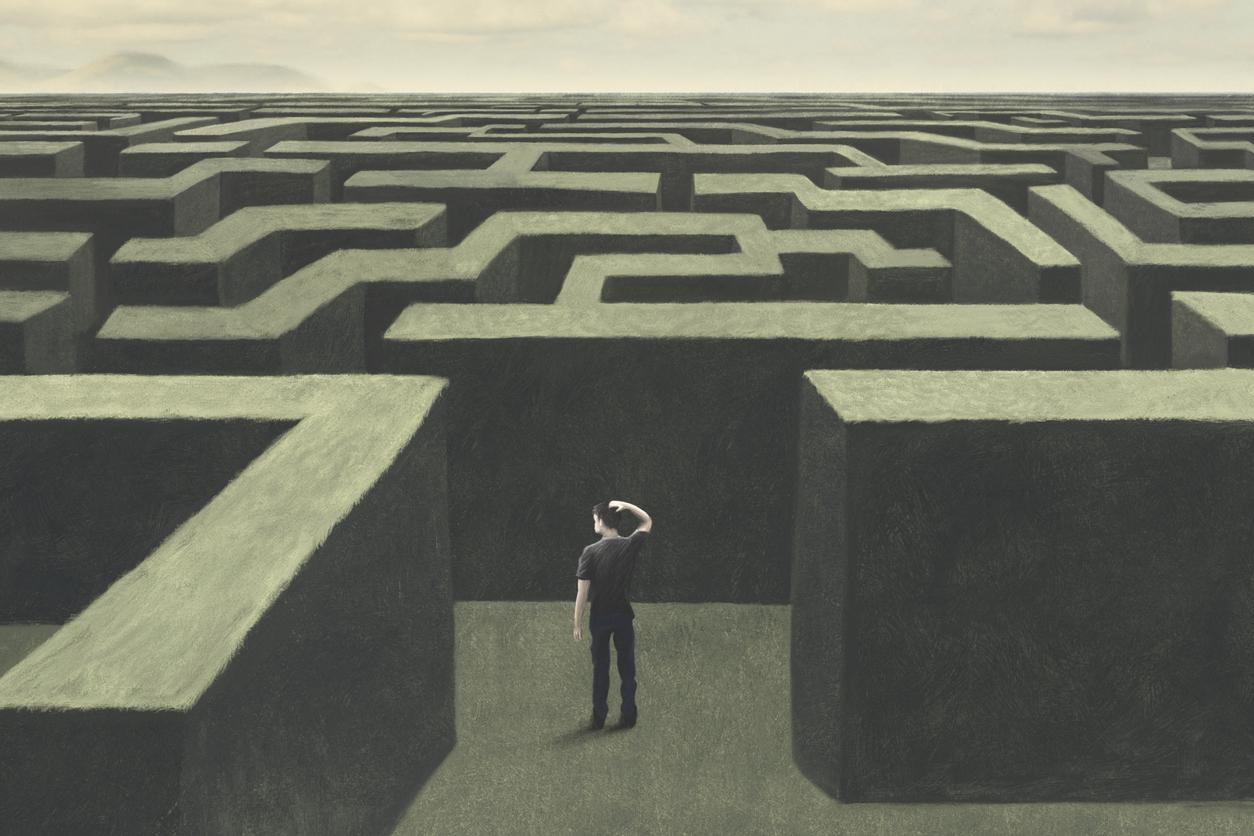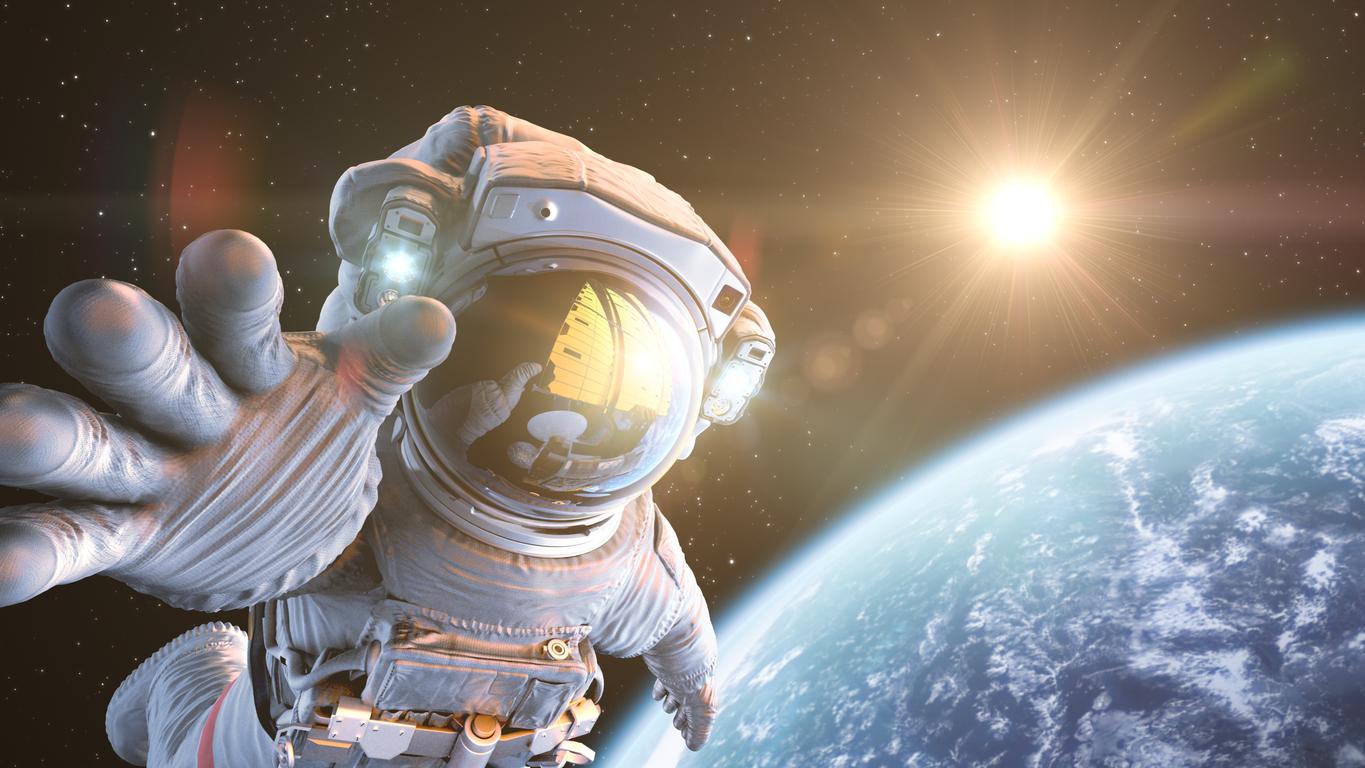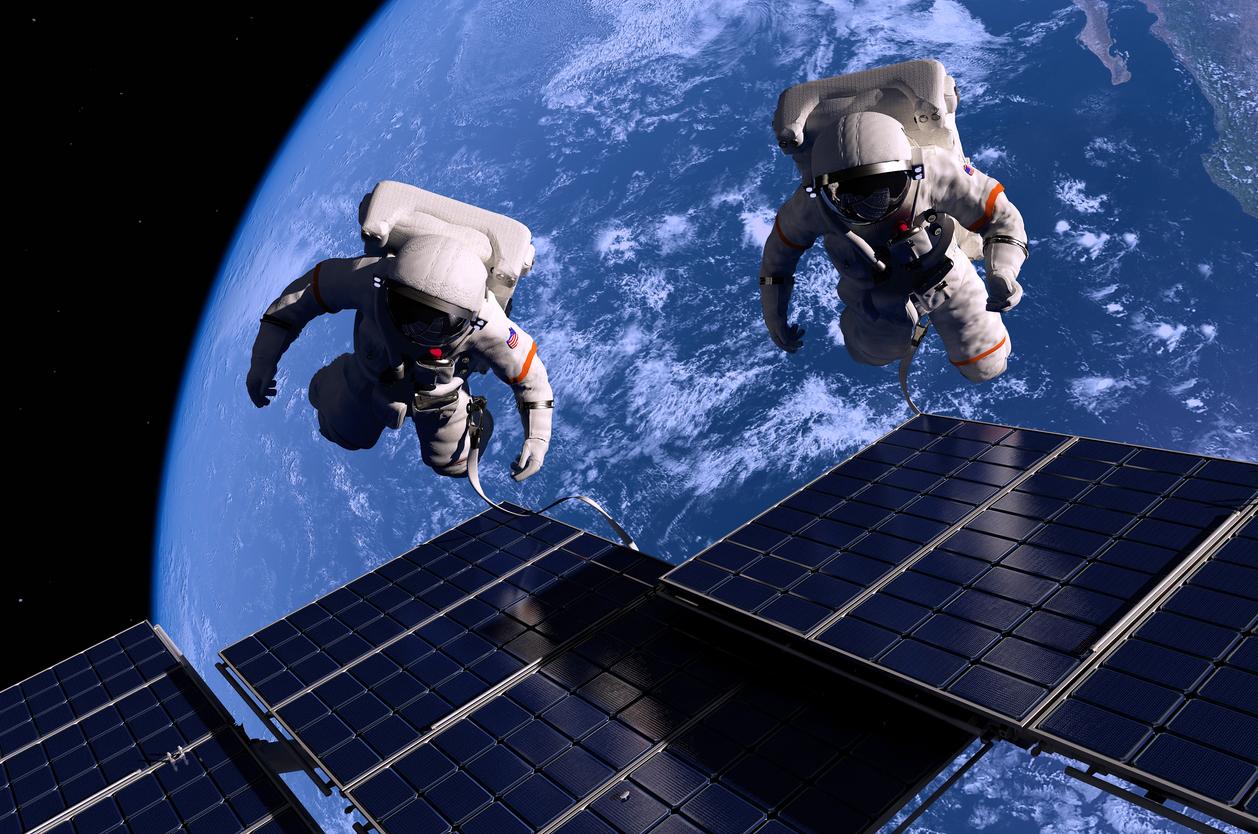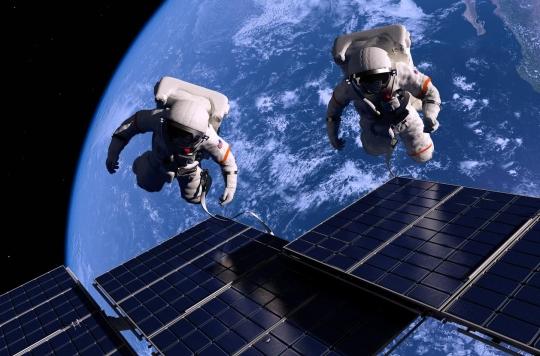In the long term, weightlessness changes the structure of the heart, causing shrinkage and atrophy that low-intensity physical exercise is not enough to prevent.
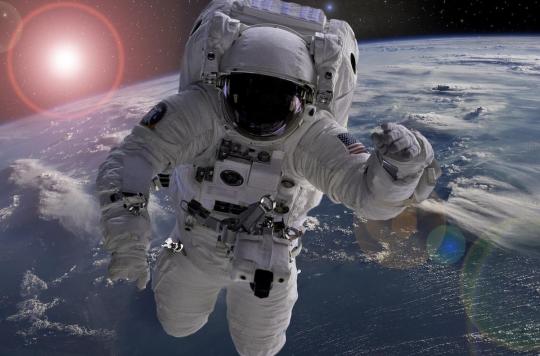
- Under the effect of weightlessness, the heart does not need to pump as hard as on Earth and will therefore shrink.
- The same phenomenon has been observed in long-distance swimmers because buoyancy in water has the same effects on the body as weightlessness.
In a little over 3 weeks, on April 22 exactly, Thomas Pesquet will return to the International Space Station for a mission that should last 6 months. He will even be the captain of this expedition, the first for a French astronaut. Such a trip, already the second for the 43-year-old from Rouen, is not without consequences for his health. In a study published Monday, March 29 in the scientific journal TrafficAmerican researchers from the University of Texas Southwestern Medical Center examined the effects of such a journey on the heart. They analyzed astronaut Scott Kelly who spent almost a year in space between March 27, 2015 and March 1, 2016.
A smaller but no less efficient heart
In space, the heart shrinks. More specifically, in the long term, weightlessness alters its structure, causing shrinkage and atrophy that low-intensity physical exercise fails to prevent. The mass of the American astronaut’s heart has shrunk by a quarter of its size before the expedition. This discovery adds to the already known effects of space travel where the human body is no longer subject to the constant pull of gravity. Among them, we note in particular that astronauts tend to have a swollen head, crushed eyeballs, stretching spine or even weakening bones.
By taking a closer look at the functioning of Scott Kelly’s heart, the researchers did not find that its shrinkage prevents it from functioning properly. “His heart adapted to the reduced gravityanalyzed Benjamin Levine, professor of medicine at Texas University and lead author of the study. It did not become dysfunctional, excess capacity was not reduced to a critical level. He remained in reasonably good shape. His heart shrank and atrophied as you would expect when going to space.” This is because without the pull of gravity, the heart doesn’t need to pump as hard as it does on Earth, like any other muscle, and loses its physical shape from less intense use. This confirms its plasticity and the adaptability of its muscle mass, nearly three quarters of which is sensitive to physical activity.
This discovery could pose problems if future astronauts were injured, fell ill or were no longer able to exercise. This, the researchers note, could become a concern for future Mars missions. “With weaker hearts, they could become dizzy and passed out while walking on the Red Planet after months of weightless travel”, they write.
The same phenomenon in a long distance swimmer
In their study, the researchers compared the heart of Scott Kelly with that of Benoît Lecomte, a French long-distance swimmer, who crossed part of the Pacific in 2015, from Japan to Hawaii. They became interested in it because buoyancy in water shares many of the effects on the body that weightlessness does. On his journey – he had planned to cross the Pacific to raise awareness of water pollution and the state of the oceans but was forced to abandon off Hawaii due to a storm which damaged the boat which carried him followed – which lasted 159 days, the Frenchman swam about eight hours a day. By observing his heart, scientists thought that these hours of daily swimming would be exhausting enough to maintain it and prevent it from shrinking. Data collected before, during and after his crossing revealed a completely different outcome and his heart shrank. “I was just shockeddescribed Dr. Levine. I really thought his heart was going to get bigger. It was a lot of exercise he was doing.”
The swimmer’s heart shrank almost as quickly as the astronaut’s. The left ventricle of his heart, the part that pumps blood into the aorta and through the body, has even become almost 30 grams lighter. In an interview after his journey, Benoît Lecomte estimated that his heart rate was “maybe in the low hundreds” as he swam and described the intensity of the long-distance swimming as “rather a brisk walk, perhaps, or a very slow run”.
Review the physical exercises of astronauts during their mission
These findings, the researchers say, could lead NASA to design better exercise programs for astronauts. “There is a big question about the appropriate intensity and duration of exercisecontinues Dr. James MacNamara, a cardiology researcher at the University of Texas and author of the article. Benoît Lecomte’s swimming gave us the opportunity to analyze someone who did a lot of low intensity exercise.” While in space, Scott Kelly exercised six days a week with jogging on a treadmill for about 30-40 minutes or on a stationary bike. He also used a resistance machine that mimicked lifting weights. “It’s quite tiringreported the astronaut shortly after returning from his mission. You push hard enough, more weight than I would lift at home.” Yet during his 340 days in space, Mr Kelly’s heart mass shrank by around 27%.
The authors of the study propose that the astronauts change their sporting activity and opt for the rowing machine. “Athletes who row have the biggest hearts of all athletesargues Dr. Levine, so a combination of rowing and strength training may be the best strategy for astronauts in the future. Rowing is a dynamic exercise because it loads the heart in a way that feels like simultaneous strength and endurance training..”
“I no longer have any symptoms from my time in space, at least no physical symptomsconcluded Scott Kelly, five after returning to Earth. Today, if I had to do it again, I would do it again.” For Thomas Pesquet, the departure is scheduled for in a few weeks. Unsurprisingly, his heart should also begin to shrink rapidly.
.









